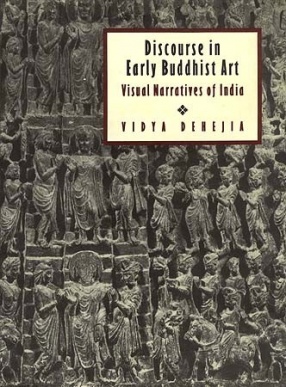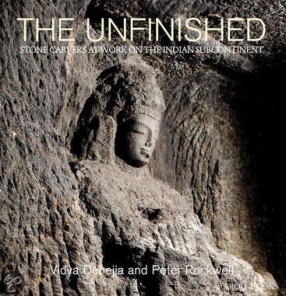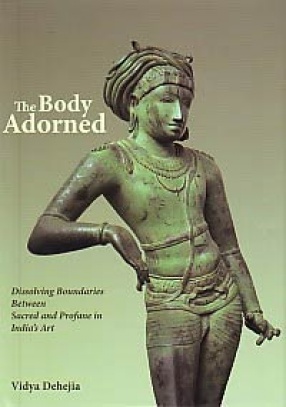Story-telling is an ever popular activity that occurs space and time. Which child has not sat enthralled by the magic of story-tellers, and which adult has not succumbed to the seduction of reenactments of great legends? India’s ancient Buddhist capitalized on the lure of stories, portraying them visually in stone reliefs and painted murals, to introduce viewers to the Buddhist faith and to confirm them in their belief. Commencing in the first century BC. Buddhist monasteries across the Indian subcontinent were extensively decorated with visual narratives of varying sizes, from a mere twelve inch panel to an extensive fifty foot wall.
This book is a pioneering exploration of the manner in which stories are told. It identifies seven modes of visual story-telling used by the artist in early India, considers the reason for one mode being chosen over another, and explores how, the effect of a story on the viewer varied according to the manner chosen to portray it. The book is a contribution to the expanding sphere of art historical investigation and also to the field of Buddhist studies.








There are no reviews yet.